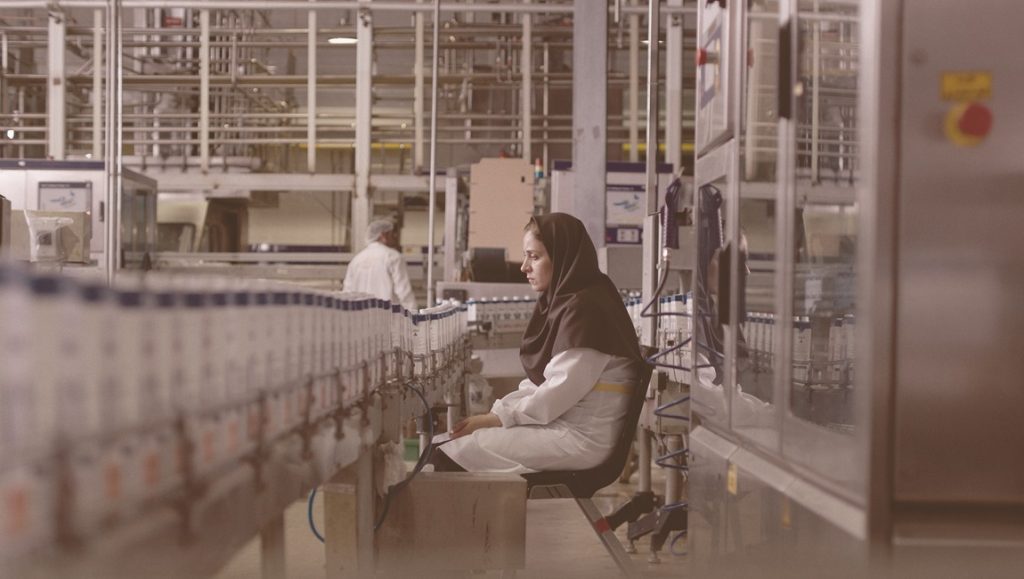Reminiscent of Mohammad Rasoulof’s There Is No Evil — another Berlinale competition title that aptly took to task Iran’s capital punishment apparatus — The Ballad of a White Cow shares a unique amount of its contextual DNA with other notable critiques on the death row complex. Funded by the French company Caractères Productions as an effort to address ethical issues situated behind Iran’s censor-heavy political system, Maryam Moqadam & Behtash Sanaeeha’s latest feature is surprisingly restrained relative to some of its like-minded cinematic fellows. The film’s lack of an overt bite can perhaps be understood as a coupling with its calculated direction, each scene — and even the camera’s maneuvering — progressing at a glacial pace, creating an atmosphere that is both suspenseful and intimate.
A less generous reading would say that it could also be due to the film’s pedantic obsession with casting on-the-nose metaphors and other obvious storytelling devices that merely distract from its essential thesis. The subtext here is hardly subtle: Ballad of a White Cow frequently features obvious visual allusions (including the presence of a literal white cow in the film’s opening shot), which often works to diminish the film’s character dynamics and melodramatic stakes across its dialogue-heavy runtime. This lack of tonal self-awareness results in a mostly sanitized portrayal of its urgent subject matter, the film’s impact lessened through its refusal to pare down its filler in favor of further emphasis on scenes of emotional devastation.
The film’s structure can still be appreciated on a technical scale, including its consistent narrative allusion to Al-Baqara, the Quran’s longest chapter. Moqadam and Sanaeeha utilize verses found in there as a means to offer direct contrast of the morally dubious facets of Iran’s present legal system with Al-Baqara’s legal & humanitarian guidance, and through this juxtaposition The Ballad of a White Cow manages to provoke intriguing, culture-specific discussion regarding the ethical grounds of capital punishment. But none of this would succeed to the degree that it does without Maryam Moghadam’s commanding performance; her delicate, soft-spoken line deliveries communicate an organic, palpable melancholy, while her nonverbal work — mostly seen in the tragic, tense posture she holds — never allows the internal anxiety of the film’s central perspective to relax.
On the strength of its intelligent narrative design and ultimate tonal inflections, then, and despite its considerable deficiencies of visual storytelling, The Ballad of a White Cow remains mostly riveting melodrama, invested as it is with various moral complexities. With two films tackling the same Iranian systemic grievance now released in quick succession, the hope is that such attention signals a shift to come, and that such texts both work to incite change and can eventually become an empowering learning tool for Western viewers. As much as The Ballad of a White Cow is a work of fiction, it’s also, in a more important sense, a document of historical record. Despite its assorted limitations as a film, its strengths should situate it as an important footnote in the rhetoric and eventual revocation of Iran’s death sentence system.
Published as part of Tribeca Film Festival 2021 — Dispatch 7.


Comments are closed.